Fighting Two Pandemics: Supporting Domestic Violence Survivors and Their Mental Health Needs During COVID‑19
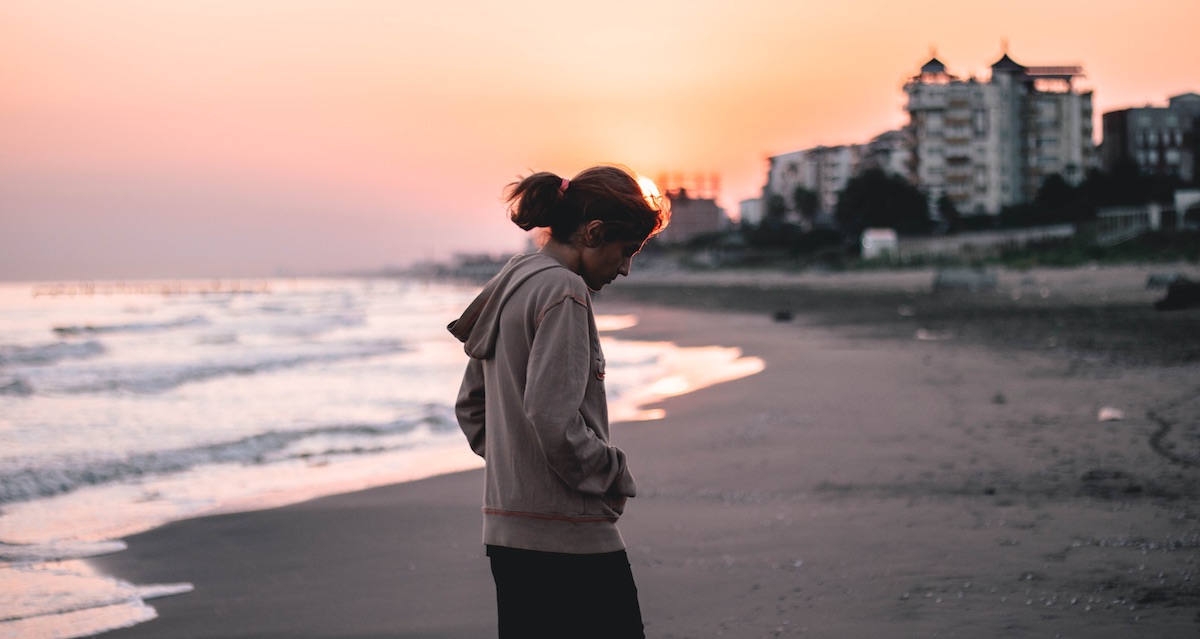
Bridget Morrison
Quartet Clinical Analyst
June 12, 2020
Amidst the public health threat of COVID-19, people are being ordered to stay home. For some, following the stay-at-home orders for one pandemic may render them vulnerable to another: domestic violence.
We talked with Gretchen Soto, LPC, of Fairfax County’s Domestic and Sexual Violence Services, to discuss the signs of domestic violence, the mental health needs of survivors, the effects of COVID-19, and what people can do to help themselves or loved ones who may be in danger. Read on to learn about domestic violence and what survivors can do to seek help, stay safe, and maintain positive coping skills during this time.
Bridget Morrison, Quartet: Can you tell us a little bit about your professional background and your experience working with survivors of domestic violence?
Gretchen Soto: Sure. I’m a Licensed Professional Counselor in the state of Virginia, and I’ve been managing clinically-oriented programs for over 25 years. I support folks with co-occurring mental health and substance use disorders. I’ve been working with Fairfax County’s Domestic and Sexual Violence Services for the last four years in support of clients who are dealing with domestic and sexual violence, human trafficking, and stalking.
BM: Could you please define domestic violence and give some examples of the range of experiences that might qualify as such?
GS: Domestic violence, also called intimate partner violence or domestic abuse or relationship abuse, is a pattern of behaviors used by one partner in the relationship to maintain power and control over another partner in that intimate relationship. It doesn’t discriminate. We know that, regardless of race, ages, sexual orientations, genders, religions, anyone can be a victim or a perpetrator. Many of our perpetrators were often victims themselves. It can happen to people who are married, people who are cohabitating together, and dating. We’re seeing it impact many in our young generation as well. It affects everyone across socioeconomic strata. We know that it is pervasive, with more than one in three women (35.6%) and more than one in four men (28.5%) in the United States have experienced rape, physical violence, and/or stalking by an intimate partner in their lifetimes.
BM: What are the signs of domestic violence to look out for?
GS: Multiple types of violence can be occurring in one relationship at any given time. Things we would commonly think of immediately would be: hitting, biting, slapping, choking, punching, pulling hair, cutting — the types of things that need physical intervention.
- Sexual Abuse — Sexual abuse can be when someone is coercing someone to have sex against their will. Marital rape and attacking sexual body parts are included in the definition of sexual violence, as is demeaning them with self-effacing sexual jokes at their own expense. Folks refusing to use birth control and condoms when one partner wants to is also a form of emotional control and sexual control.
- Emotional Abuse — Emotional abuse targets victims’ self-esteem and sense of self-worth and sense of agency and self-efficacy. It’s constant criticism, name-calling, belittling, and marginalizing. Other forms of emotional abuse include: abandoning folks in novel situations and places where they don’t know how to get around, which a lot of our undocumented survivors struggle with. They don’t know how to reach out, they don’t know the language, and so they’re prisoners in their own home. In this COVID situation, we’ve heard of folks saying, “If you leave, you’re going to get COVID, or I’m going to deliberately give you COVID. I’m going to spit on you” to try to intentionally infect them during this period.
- Economic Abuse — Folks will take over the bank account and leave a person without any means of financial self-reliance. They often seek to control the mortgages, the bills, all access to funds, and they may even prohibit a survivor from going out to work or to school.
- Psychological Abuse — Psychological abuse is steeped in intimidation and fear for victims, and, oftentimes, trying to isolate the person from family and friends. We know that one of the primary ways to mitigate risk is to increase someone’s circle of support. That’s the way that oftentimes perpetrators are able to control: by isolating someone, making them feel as though there’s no one there to help them, that no one sees them as having value.
- Stalking — Stalking is one that we’re seeing a lot now with cyberstalking in particular. We want to be mindful of that, especially in this time of COVID-19 when folks are reliant on this type of technology and these platforms for chats and Zoom and social media. All of those leave a traceable footprint for survivors. Survivors want to be mindful of taking care of scrubbing away cookies and how they’re using social media because folks are trailing other folks in that way, and it inflicts substantial emotional abuse.
- Isolation — When you’re noticing that somebody is no longer socially interacting the way that they used to and being cut off from friend groups and from family, that’s oftentimes an exemplar of emotional control and abuse. Requiring someone to ask for permission to be able to go and socialize with others is not normal in an adult or an intimate relationship, normally that’s something that one can do of one’s own accord. And oftentimes emotional control and abuse includes embarrassing folks in front of friends and family such that it makes the person want to avoid being in those situations because they know that there’ll be a toll to pay on the other side if they integrate and assimilate with friends.

BM: The Washington Post recently reported that weekly contacts to the National Domestic Abuse Hotline were up 12% at the end of April. In New York state, reports of domestic violence during lockdown increased by 15% in March and 30% in April. Additionally, other countries that peaked earlier in the pandemic have reported sizable increases in domestic violence. What explains the increase in domestic violence during this pandemic?
GS: In March to early April, we actually saw a decline in calls to our helpline, and we thought, “Gosh! With this type of pandemic that we’ve never seen before, surely we’ll see an immediate spike.” But what we realized was, as folks were sheltering in place, they couldn’t find space and room to reach out for safety and help. Crisis tends to exacerbate what already exists. COVID didn’t make domestic violence; domestic violence and intimate partner violence were already there. It’s exacerbated the situation because folks are under financial duress, they are locked in place and sheltering in place and tensions run high in the home, and folks who don’t have coping mechanisms are resorting to domestic violence behaviors. We see this in hurricanes and natural disasters of any type; domestic violence tends to increase because stressors mount, and offenders tend to offend more.
BM: It’s as if we have two intersecting pandemics, and one is fueling the other. Domestic violence didn’t start with coronavirus; it’s just amplified during this time.
GS: This crisis makes us all more of what we are. Folks’ unemployment is at unprecedented highs, folks are dealing with less income, less employment, less structure, less access to others, they don’t have social networks, they don’t have finances in place, they are at risk of losing their homes, are in dire need of support, and, as you think of our undocumented survivors and perpetrators, are scared to reach out for the resources that exist for fear of detainment, or worse, deportation. It’s really exacerbated the situation.
BM: How can survivors of domestic violence stay safe during this time?
GS: There is a community waiting to provide resources and assistance. RAINN for sexual violence is one option, the National Domestic Violence Hotline is another. There are programs like Nationally Rise Up-19 where if you walk into affiliated providers in grocery stores and markets and you say a code, they’ll know that it’s someone in distress, and they will make a connection for that person to be able to make a call at the moment. The community is rallying in any different number of ways to support survivors, and knowing that there’s assistance and taking a leap of faith to reach out for assistance when it’s safe to do so is key.
We know that leaving is not an option for everyone and not everyone wants to leave; in many instances, families want to stay together just to be safer. Some things when folks are staying in the spaces together, are to be planful and to put a Safety Plan into place for oneself: to know where all of your emergency documents are, to stay in touch with friends and stay connected as best you can during this time, to not isolate and allow perpetrators to leave you cut off from resources and supports — whether that’s talking to an advocate or reaching out to family members and friends through means that are available (which may include social media platforms and then erasing cookies so that there aren’t any tracking devices that can be used on the backend). Being planful also includes: keeping track of emergency phone numbers and IDs, having everything handy, and knowing where your car keys are if you have to just get out and get safe.
If they are parents, let the children know that there is help and support for them, talk to the kids, and make a safe space in the home for the children that they can go to in critical times if things get out of control physically in the home.
Put into place good self-care measures: being aware of the trigger situations and having a plan and tactics that might help to dissuade violence, while, at the same time, taking care of survivors’ own emotional needs — whether that’s journaling, meditating, using any number of the variety of apps that they have available now for calming and soothing, talking with one’s children, taking walks if that’s an allowable activity at the time, practicing physical distancing as best one can, making sure to delete all call records, and call histories. Just be vigilant around the best predictor for future violence is past violence. Once a survivor has dealt with a situation, they have history and knowledge about how to be a little bit more planful the next time.

BM: What exactly are the mental health effects of domestic violence?
GS: They are wide and varied. We used to think of “battered women’s syndrome,” but we now know that domestic violence doesn’t discriminate; it’s not only women who go through it, and not every situation looks the same. As a result, mental health doesn’t look the same. For some folks, they have really good protective factors in place, which helps with resilience. Folks may have what we would consider an Adjustment Disorder, which is one of the lowest-level diagnoses that you can get (it’s a normal response of being down, or sad, or anxious in response to a situation that presents itself), all the way to folks having Post-Traumatic Stress Disorder and re-experiencing the situations even when they’re not happening at the moment, and everything in between. Folks experience depression, they experience anxiety, they experience garden-variety sadness that doesn’t meet the criteria diagnostically for being a syndrome that has a pervasive effect (how we determine what meets a disorder versus what doesn’t).
When we see folks that are isolating, that are sad, that are hypervigilant — that have an alarmed startle response from just an innocuous thump — those are things that we would want to pay attention to. We want to check in with loved ones when we see folks changing from their normal status quo behavior and noticing that they’re a little bit more flat, a little less engaged, a little less involved, are giving up behaviors, are only allowed to be with one person — those are some of the warning signs, and then the mental health symptoms that go along with them are equally as varied.
We provide everything from counseling to advocacy to outreach and education, as well as County-wide services that work on initiatives and legislation, and we also have a shelter. Through this continuum, we’ve seen incident reports for some of our clients with a history of psychosis, and COVID has really exacerbated it for them. They are having more florid symptomatology, which may mean the voices are a little bit more frequent, the paranoia is a little bit more acute, and the hypervigilance is more aroused.
BM: When you say coping mechanisms, what exactly do you mean?
GS: Coping mechanisms include: increasing their social network; avoiding isolation; involving peers, family, friends, and advocacy supports through a provider; using conversations with their children as a support for the child and support for themselves; cultivating mindfulness practice, including taking time for prayer, meditation, and engaging in faith-based communities for support; identifying safe spaces within the home (relatively speaking — spaces that they can go to during times of criticality); and having at the quick and ready a Safety Plan that includes keeping the medical records handy, keeping the keys handy, keeping the IDs handy, keeping a hold of the documents that someone would normally try to take from you to be able to control your ability to leave and having copies of those ready and waiting, and having some place to go. There are shelter supports and services. Hotel services are being provided to folks free of cost. It is also important to maintain daily check-ins with someone so that someone knows your whereabouts and your safety so that, if you’re off the grid, it sounds an alert to other folks.
By and large, it’s all about using the community supports that are available to help people make safer, informed decisions for themselves and to help them understand that they’re not alone in this.
BM: Do you have any other coping skills you would recommend to people enduring domestic violence or domestic abuse?
GS: Absolutely. For those that are actually experiencing diagnostic criteria with regard to mental health in response to domestic violence, there are wonderful treatment modalities available, from cognitive-behavioral therapy (CBT) and cognitive behaviorally based therapies like trauma-focused CBT, EMDR (eye movement desensitization and reprocessing) and various processing therapies, and experiential therapies. We’re having to get creative to conduct some of these evidence-based practices during COVID. Necessity is the mother of invention, we’re finding new means and modalities to reach out via Zoom telehealth. We’re also trying to think from an equity lens regarding how to provide telehealth services to persons who don’t have access to computers and phones (and who don’t have financial means to put minutes on their cell phones) to be able to get the support that they need.
But by and large, we work for primary safety, and primary safety really lives in helping folks to identify what’s going on, figure out the response that’s going to help them stay safest, and cultivate some resiliency and coping mechanisms and supports.

BM: You just mentioned reaching out and providing daily check-ins to a friend or loved one. Could you explain how that person should proceed and how that person can best provide care and support to the survivor? What are some resources that that individual could then provide to anyone in danger or at risk of domestic violence?
GS: The main thing is “if you see something, to do something,” to not be a passive bystander, but to engage and to engage in a way of support, not usurping someone’s authority. A lot of times when we’re working with survivors we think that we have the answers for them, instead of evoking the answers from them. We want to invite them into a conversation and find out what they think it is that would help them to be safer. And to listen. To listen with heart and soul and compassion and devoid of judgment. The tendency is to want to say, “Well, you knew this was going to happen” or “This happened before, why not just leave?” Our advice is good advice for ourselves; it’s not good advice for others unless it’s been solicited. We want to listen. We want to provide resources and support as available, whether that’s offering the crisis hotline or calling the crisis hotline and asking for what’s available in that person’s area and maintaining their confidentiality because we don’t want to put someone in greater danger. You can always gather resources for them and provide that information to them. The hotline is not just for our survivors; the hotline is for loved ones as well to call and find out how to be a support. You don’t have to have the answers; you just have to reach out to the folks who do.
BM: I didn’t realize that the hotlines are available to loved ones of people at risk as well.
GS: Yes. The National Domestic Violence Hotline number is 1–800–799-SAFE. They provide services in over 200 languages, and all the calls are free, all of them are confidential. If you’re unable to speak safely, you can log onto thehotline.org or text LOVEIS to 22522. The goal is for the community to understand that, once again, none of us has all of the answers, but together we can resource around that individual’s particular situation to find out the best plan for them. And that includes involving the survivor at the helm and letting them choose, giving them a menu of options. One size doesn’t fit all, so to speak.
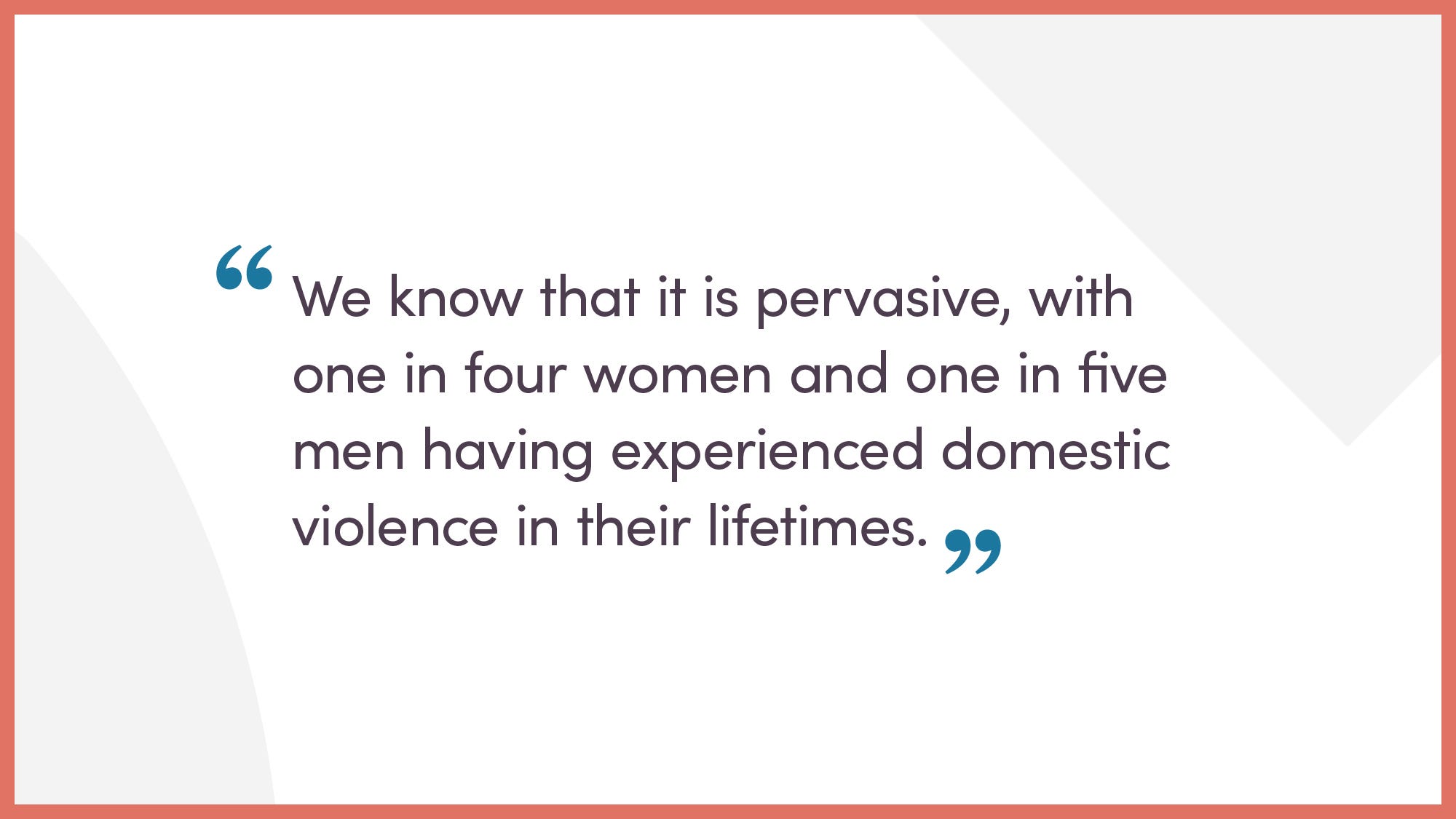
BM: I recently heard the phrase, “With crisis comes opportunity” applied to this situation. In many aspects of life in our society, COVID-19 seems to be scary and staggeringly challenging but it also presents an opportunity to bring attention to issues and change how we operate long term. What do you hope happens in the aftermath of COVID-19 with respect to domestic violence, and how can all people work to support this vision today?
GS: I love this question because I always say, “Necessity is the mother of invention.” Service continuums are having to stretch to find new ways to support survivors since they can’t just walk through our doors. Telehealth has now been expanded in a way, in compliance with the Violence Against Women Act (which is the governing legislation that maintains confidentiality and some other things for our survivors), to be able to help folks in new and innovative ways. I think that’s one thing that’s here to stay, and COVID has forced us to do that more quickly. In the future, when folks are dealing with childcare issues and can’t get out to the appointment, we’ll have another alternative for providing advocacy and clinical counseling services to our survivors and, in many cases, our offenders. Certain batterer intervention programs are now starting to uplift services using telehealth platforms as well. I think that’s an exciting thing that’s come from this.
Most importantly, the conversation has come to the forefront of our nation. Domestic violence was something that was still kind of in the shadows, but now you can’t turn on CNN, MSNBC, or any local news programming and not hear conversations around domestic violence prevalence in light of COVID. This has given us a platform, including this interview with you for which we’re so grateful, to be able to highlight to our communities that this isn’t something that’s new, but that it’s prevalent, that stressful situations make it worse, and that it takes all of us to be involved — men and women. It’s not a man issue, it’s not a woman issue, it’s a community issue. It’s not just those that are victims that can heal this of their own accord. It takes an entire community coming together. Our first responders need to understand when they go out on calls what domestic violence looks like and take every call seriously. We all need to understand that the greatest risk for a survivor is at the point at which they actually want to leave the relationship — that is their highest risk for mortality during the period. We must understand that we as a community can create resources and a safety net so that we can eradicate domestic violence. But it really does take all of us.
The English language version of the Staying Safe at Home tip sheet can be found below. To access additional languages, please click here. For more information on domestic violence please visit the National Domestic Violence Hotline or call 1−800−799−7233.
Gretchen Soto, is a Licensed Professional Counselor (LPC), program manager, clinical trainer, and consultant with more than twenty years of experience providing co-occurring treatment in the Baltimore-Washington Metropolitan area. She’s served as an Adjunct Instructor with the Mid-Atlantic Addiction Technology Transfer Center, Department of Psychiatry through Virginia Commonwealth University, as a Senior Clinical Supervisor with Prince William Community Services, as a Clinical Supervisor with Youth for Tomorrow’s Behavioral Health Services, and presently is a Program Manager with Fairfax County’s Domestic and Sexual Violence Services (DSVS), a division of DFS.
Explore more
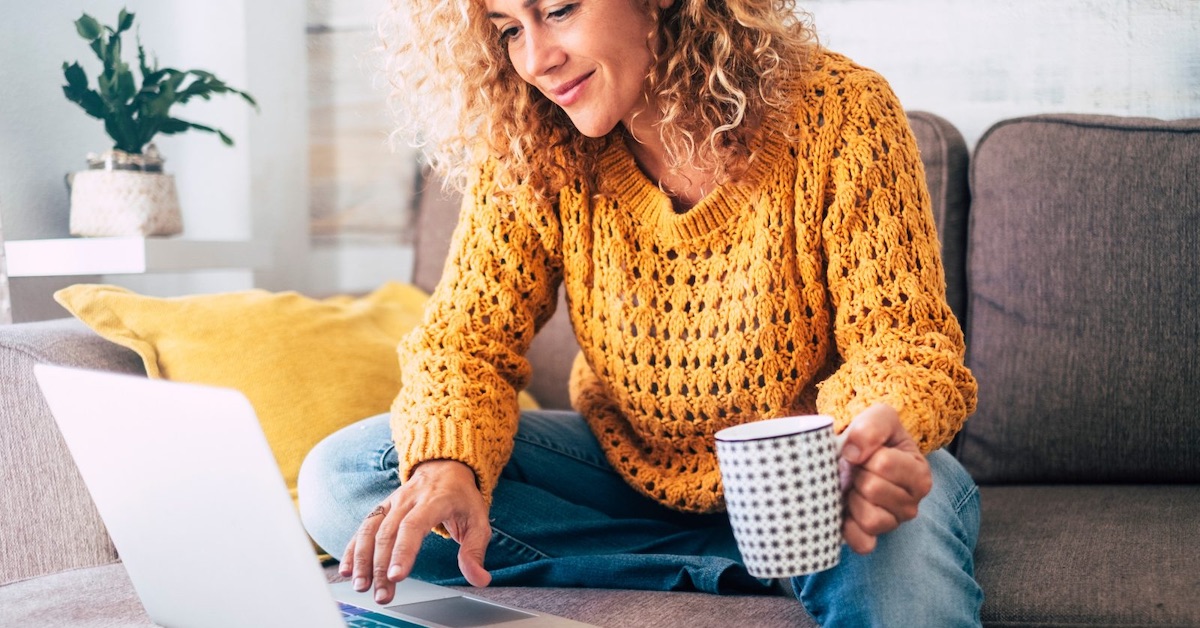
Quality Mental Health Care, Wherever You Are
At Quartet, we know that mental health care isn’t one size fits all.
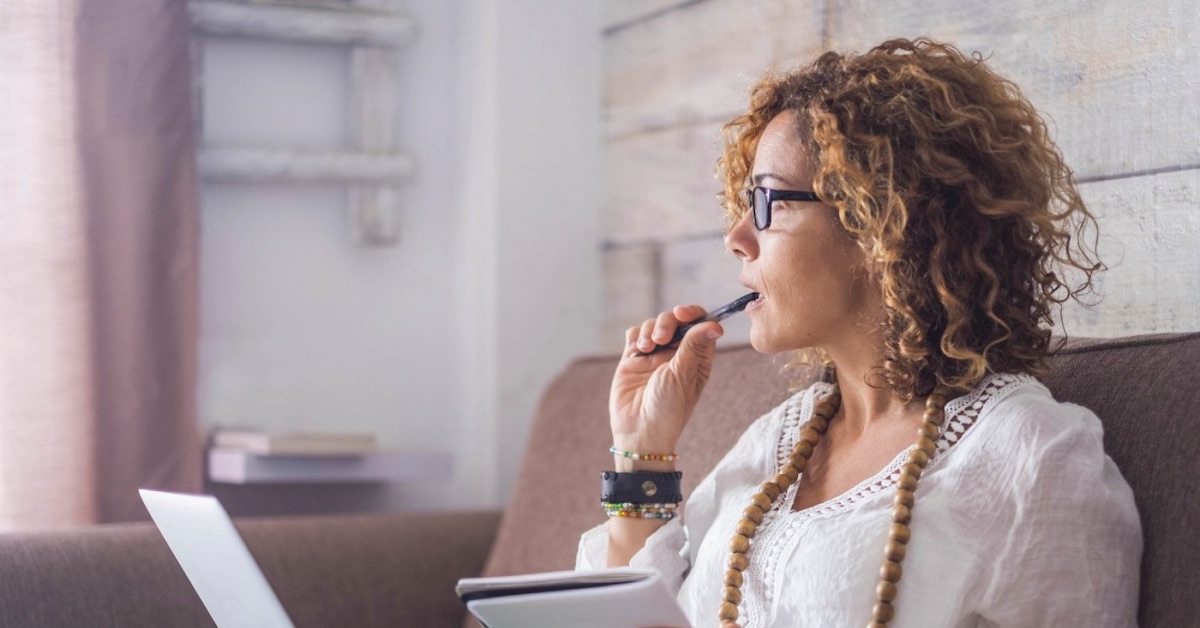
Take Your Own Advice: A Note to Therapists on Self Care During COVID‑19
COVID-19 added a layer of complexity for mental healthcare workers, who may be experiencing their own stressors and anxieties related to the crisis.
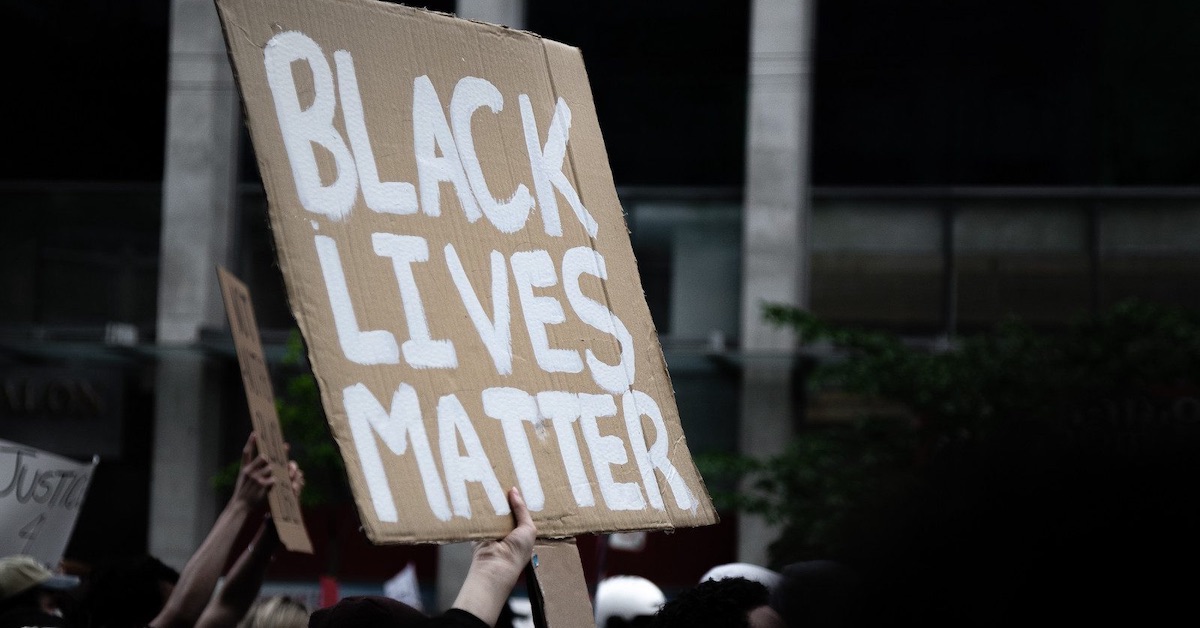
Black Lives Matter
We all have a role to play to dismantle racism. Quartet’s role is to fight racism in mental health care.



